Home>Furniture & Design>Bathroom Accessories>Why Is My Toilet Bowl Draining Slow
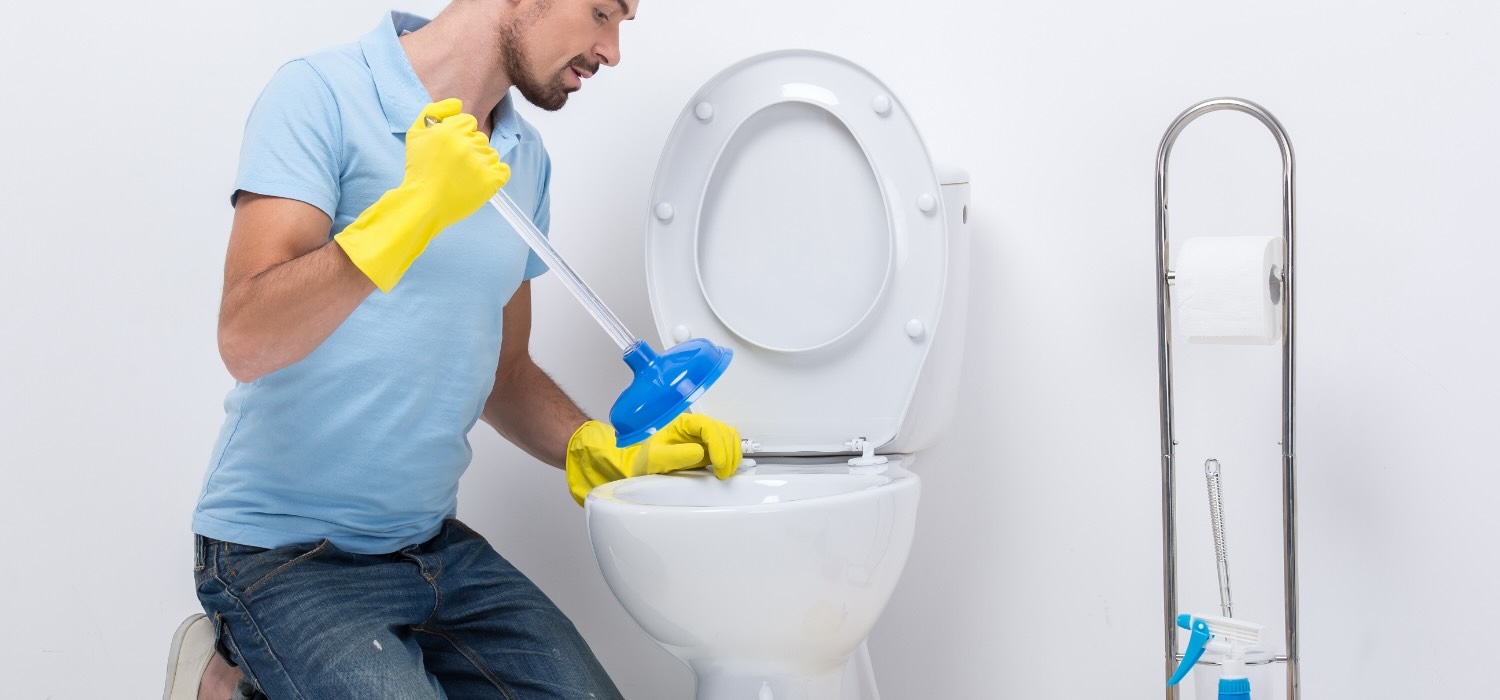

Bathroom Accessories
Why Is My Toilet Bowl Draining Slow
Modified: March 1, 2024
Discover the reasons behind a slow-draining toilet bowl and find the best bathroom accessories to fix the issue. Keep your bathroom functioning smoothly with our expert tips.
(Many of the links in this article redirect to a specific reviewed product. Your purchase of these products through affiliate links helps to generate commission for Storables.com, at no extra cost. Learn more)
Common Causes of Slow Draining Toilet Bowls
A slow-draining toilet bowl can be a frustrating and inconvenient issue to deal with. Understanding the common causes behind this problem is crucial in addressing it effectively. Here are some of the typical reasons why your toilet bowl may be draining slowly:
-
Clogged Drain: One of the most prevalent causes of a slow-draining toilet bowl is a clogged drain. Over time, various materials such as toilet paper, hygiene products, and even mineral deposits can accumulate in the drain, impeding the smooth flow of water.
-
Blocked Trap: The trap, which is the curved section of the toilet's drainpipe, is designed to prevent sewer gases from entering the bathroom. However, this component can also become obstructed by debris, leading to a slow drainage process.
-
Sewer Line Issues: If multiple fixtures in your home are experiencing drainage problems, such as slow-draining sinks and showers in addition to the toilet, the issue may lie in the main sewer line. Tree roots, debris, or even structural damage can impede the flow of wastewater, causing slow drainage throughout the house.
-
Low Water Level: In some cases, a low water level in the toilet bowl can contribute to slow drainage. This can occur due to a faulty fill valve or an improperly adjusted float, leading to inadequate water flow during the flushing process.
-
Mineral Buildup: Over time, mineral deposits from hard water can accumulate in the toilet's internal passages and jets, hindering the efficient flow of water during flushing and resulting in slow drainage.
Understanding these common causes of slow-draining toilet bowls is the first step in addressing the issue. By identifying the specific reason behind the slow drainage, you can take appropriate measures to resolve the problem and restore your toilet's functionality.
Key Takeaways:
- Don’t ignore a slow-draining toilet! It could be due to a clogged drain, blocked trap, sewer line issues, low water level, or mineral buildup. Identifying the problem and using DIY solutions can help restore proper drainage.
- When DIY efforts don’t work, call a professional plumber if you notice persistent drainage problems, issues with multiple fixtures, unpleasant odors, structural damage, or inadequate DIY results. They can diagnose and address complex plumbing issues effectively.
Read more: Why Is There Ants In My Toilet Bowl
How to Identify the Problem
Identifying the underlying cause of a slow-draining toilet bowl is essential for implementing the most effective solution. By paying attention to certain indicators and performing simple assessments, you can pinpoint the specific issue affecting your toilet's drainage. Here's how to identify the problem:
-
Observation of Drainage Speed: Begin by observing the speed at which water drains from the toilet bowl after flushing. If you notice a sluggish or delayed drainage process, it indicates a potential problem that needs to be addressed.
-
Multiple Fixtures Affected: Take note if other fixtures in your home, such as sinks and showers, are also experiencing drainage issues. If multiple areas are affected, it could signify a more significant problem within the main sewer line, requiring prompt attention from a professional plumber.
-
Unusual Gurgling Sounds: Listen for any unusual gurgling or bubbling sounds coming from the toilet or nearby drains during flushing. These sounds may indicate air pockets or blockages within the plumbing system, contributing to the slow drainage of the toilet bowl.
-
Visual Inspection: Lift the toilet tank lid and visually inspect the components inside. Check the water level in the tank and ensure that it reaches the designated fill line. Additionally, look for any signs of mineral buildup or damage to the flushing mechanisms that could impede proper water flow.
-
Testing Water Level: Conduct a simple water level test by pouring a bucket of water directly into the toilet bowl. Observe how the water drains to determine if the issue lies with the toilet's internal components or the drainage system.
-
Assessing Trap Blockages: If you suspect a blocked trap, use a flashlight to peer into the toilet's drain opening. Look for any visible obstructions or buildup that may be hindering the flow of water through the trap.
-
Checking for Leaks: Inspect the base of the toilet for any signs of leaks or water accumulation. A leaking wax ring or damaged seal can lead to water pooling around the base of the toilet, contributing to slow drainage and potential water damage.
By carefully observing these key indicators and performing basic assessments, you can effectively identify the specific problem causing your toilet bowl to drain slowly. This proactive approach will enable you to make informed decisions regarding the appropriate course of action to restore optimal functionality to your toilet.
DIY Solutions for Slow Draining Toilet Bowls
Addressing a slow-draining toilet bowl through DIY solutions can be a practical and cost-effective approach, provided the underlying cause is not a complex plumbing issue. Here are several DIY solutions that can help alleviate the problem and restore proper drainage to your toilet bowl:
1. Plunging Technique
Utilize a high-quality plunger specifically designed for toilets to dislodge any obstructions within the drain. Ensure a tight seal around the drain opening and perform a series of gentle yet firm plunging motions to create pressure and dislodge the clog.
2. Auger or Snake
Consider using a toilet auger or snake to reach deeper into the drain and break up stubborn clogs. Carefully insert the auger into the drain opening and rotate the handle to navigate through the pipes, effectively clearing any blockages that may be impeding the flow of water.
Read more: Why Is There No Water In My Toilet Bowl
3. Natural Cleaning Solutions
Employ natural cleaning solutions such as a mixture of baking soda and vinegar to break down organic matter and mineral deposits within the drain. Pour the baking soda followed by vinegar into the toilet bowl, allowing the solution to fizz and work its way through the drain to help dislodge buildup.
4. Hot Water Flushing
Carefully pour hot water into the toilet bowl to help dissolve and flush away potential obstructions. The heat can aid in breaking down materials causing the slow drainage, facilitating a smoother flow of water through the drain.
5. Adjusting Water Level
Check the water level in the toilet tank and adjust the float or fill valve as needed to ensure an adequate amount of water is released during flushing. Proper water level is essential for optimal flushing and drainage performance.
6. Cleaning Jets and Passages
If mineral buildup is suspected, consider using a toilet cleaning solution specifically formulated to dissolve and remove mineral deposits from internal passages and jets. Follow the manufacturer's instructions for application and allow the solution to work its magic before flushing.
Read more: Why Is My Toilet Bowl Yellow
7. Regular Maintenance
Implement a routine maintenance schedule for your toilet, including periodic cleaning and inspection of internal components. This proactive approach can help prevent future drainage issues and ensure the continued functionality of your toilet.
By employing these DIY solutions, you can effectively address the issue of a slow-draining toilet bowl and potentially resolve the problem without the need for professional intervention. However, if the problem persists despite these efforts or if you suspect a more complex underlying issue, it may be necessary to seek the expertise of a professional plumber for a thorough assessment and resolution.
When to Call a Professional Plumber
While DIY solutions can effectively address many common toilet drainage issues, there are certain situations that warrant the expertise of a professional plumber. Recognizing when to seek professional assistance is crucial in ensuring the timely resolution of complex or underlying plumbing problems. Here are the key indicators that signify the need to call a professional plumber:
Persistent Drainage Problems
If despite your best efforts, the slow drainage issue persists or recurs frequently, it may indicate a more complex underlying problem within the plumbing system. A professional plumber can conduct a comprehensive assessment to identify the root cause of the persistent drainage issues and implement targeted solutions to restore optimal functionality to your toilet.
Multiple Fixture Drainage Issues
When slow drainage is not limited to the toilet bowl but affects multiple fixtures in your home, such as sinks, showers, and other drains, it suggests a potential problem within the main sewer line. Professional plumbers have the expertise and specialized equipment to diagnose and address issues within the main sewer line, ensuring comprehensive resolution of drainage problems throughout your home.
Read more: Why Is My Toilet Bowl Bubbling
Unpleasant Odors or Sewer Gas Smells
The presence of foul odors emanating from the toilet or drains, particularly sewer gas smells, indicates a potential issue with the plumbing vent system or sewer line. These issues can pose health risks and require prompt attention from a professional plumber to assess and rectify the underlying causes of the odors, ensuring a safe and healthy environment within your home.
Structural or System Damage
Visible signs of structural damage to the toilet, such as cracks, leaks, or water damage around the base, warrant professional inspection and repair. Additionally, if you suspect damage to the plumbing system, such as compromised pipes or fittings, it is essential to enlist the expertise of a professional plumber to conduct thorough diagnostics and implement necessary repairs.
Inadequate DIY Results
If your DIY efforts have not yielded satisfactory results or if you are uncertain about the specific cause of the slow drainage, it is advisable to seek the assistance of a professional plumber. Their experience and knowledge enable them to accurately diagnose and address complex plumbing issues, ensuring long-term solutions and preventing potential damage to your plumbing system.
By recognizing these indicators and promptly engaging the services of a professional plumber when necessary, you can effectively address slow-draining toilet bowls and related plumbing issues, ensuring the continued functionality and efficiency of your home's plumbing system.
Frequently Asked Questions about Why Is My Toilet Bowl Draining Slow
Was this page helpful?
At Storables.com, we guarantee accurate and reliable information. Our content, validated by Expert Board Contributors, is crafted following stringent Editorial Policies. We're committed to providing you with well-researched, expert-backed insights for all your informational needs.
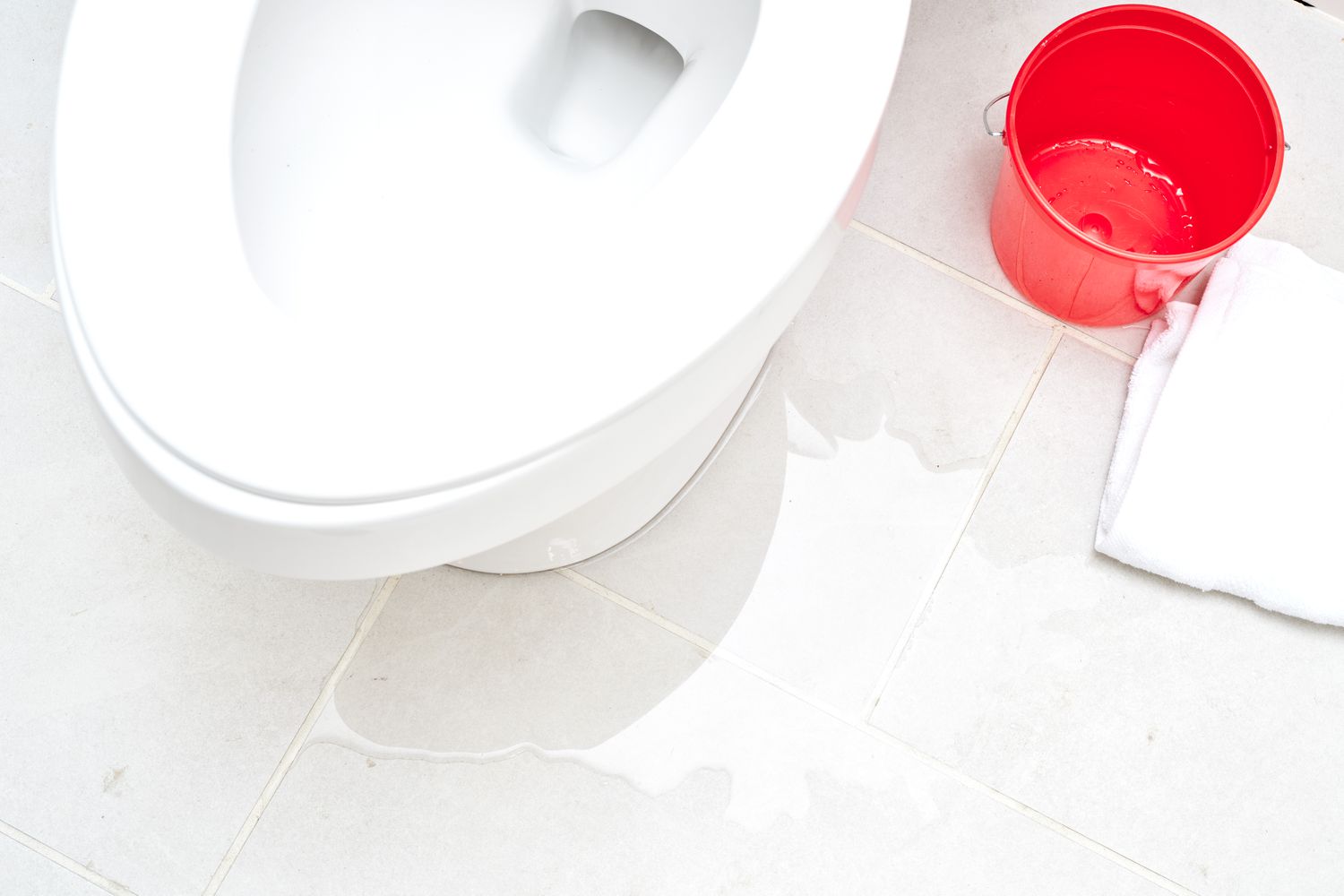
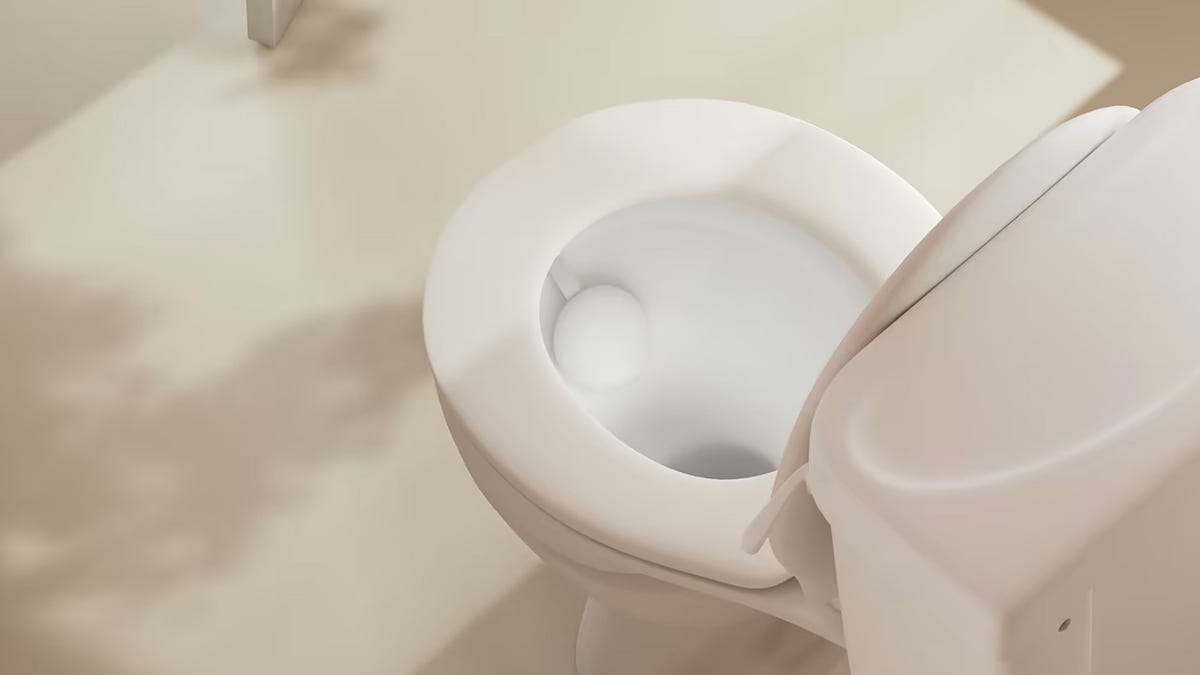
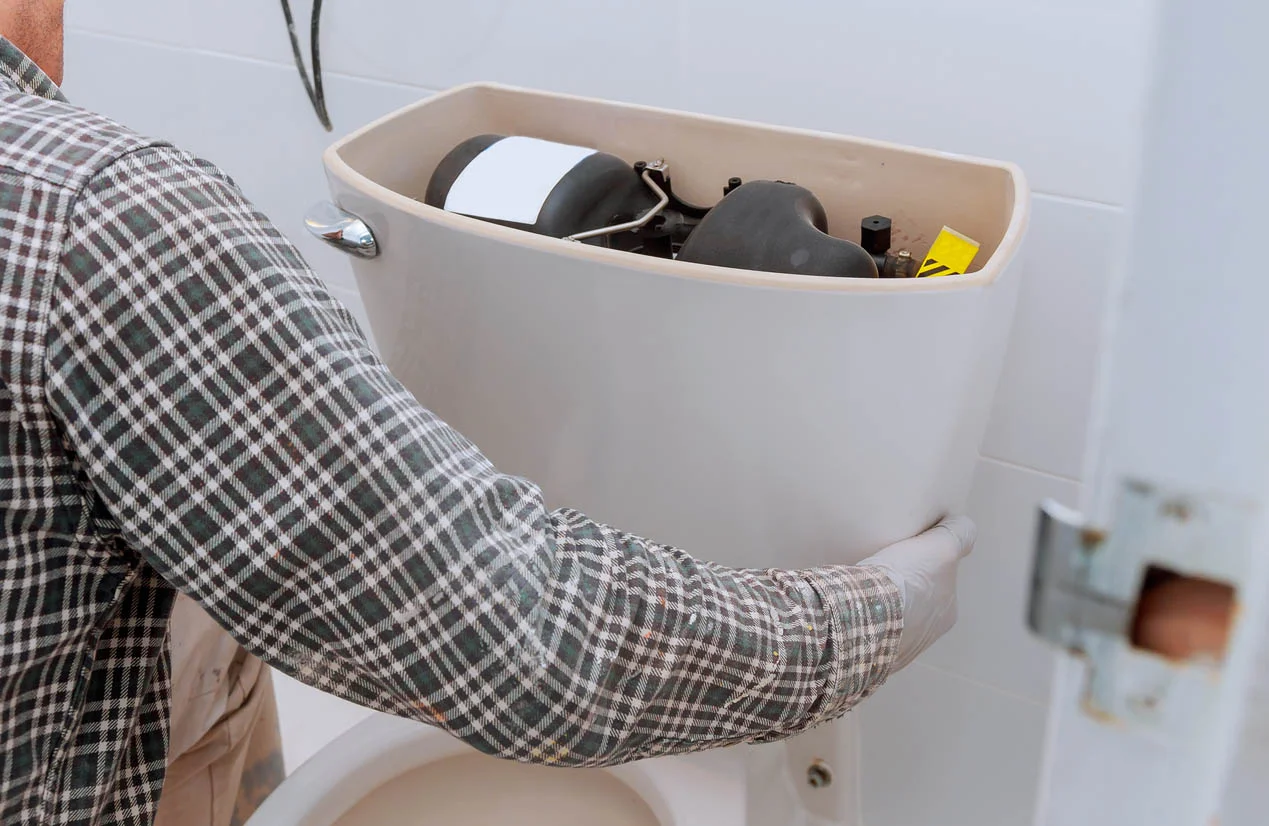
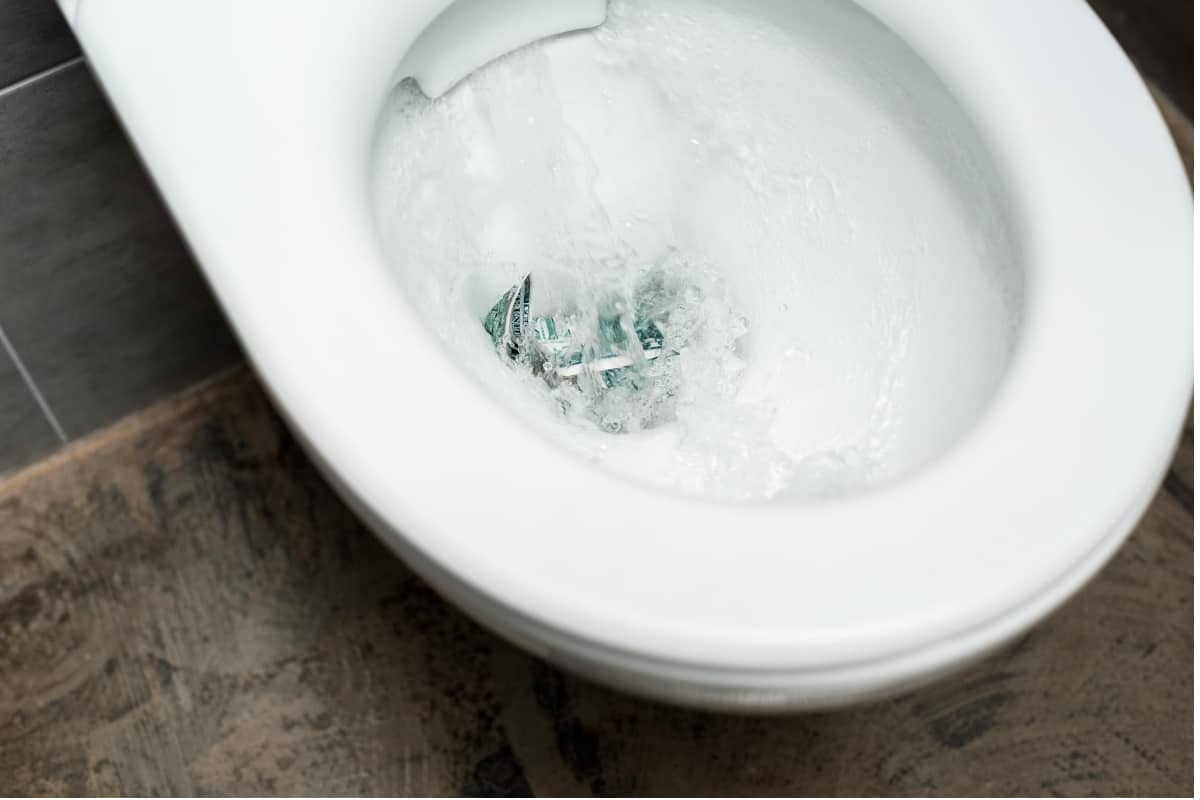
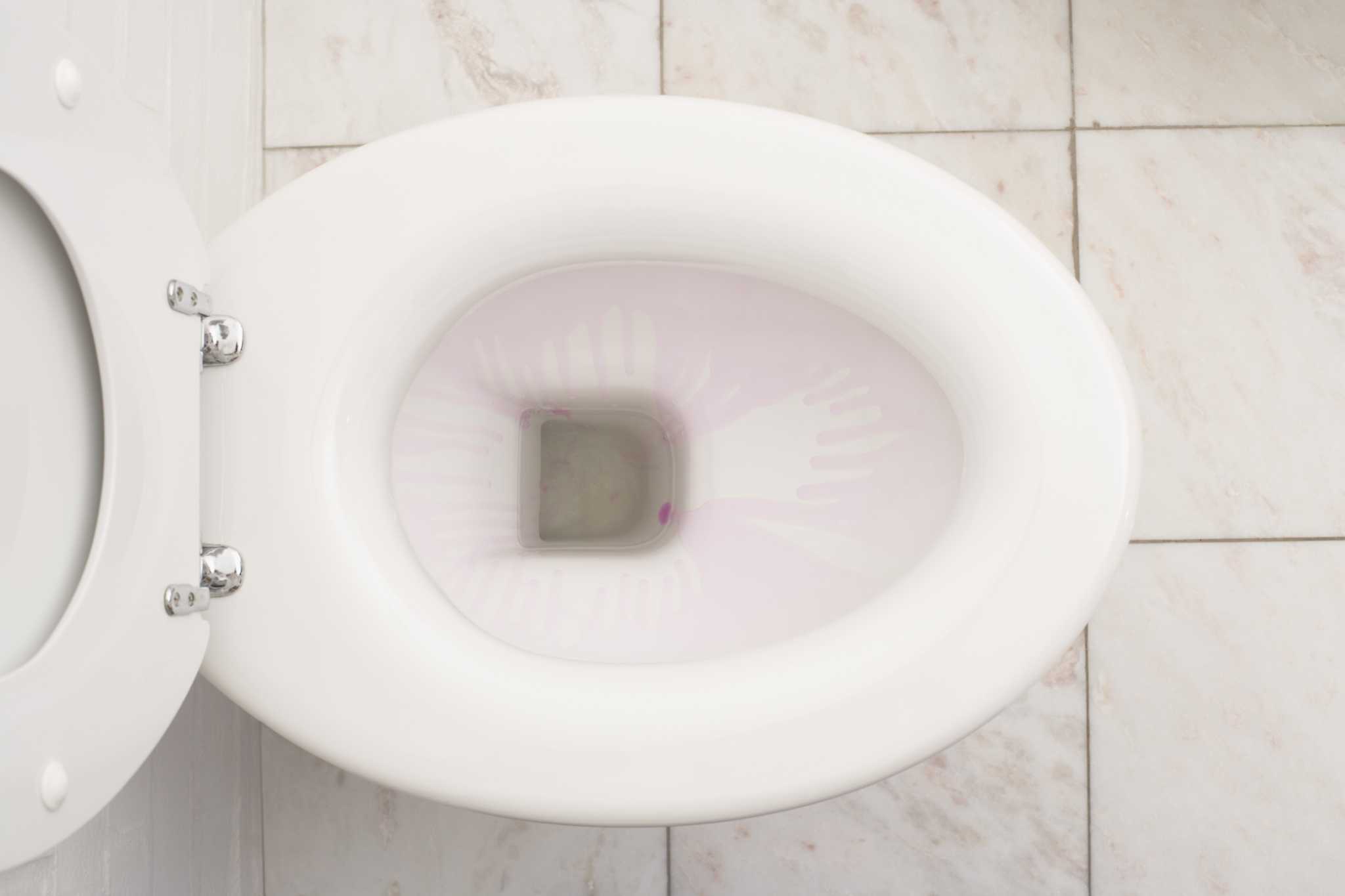
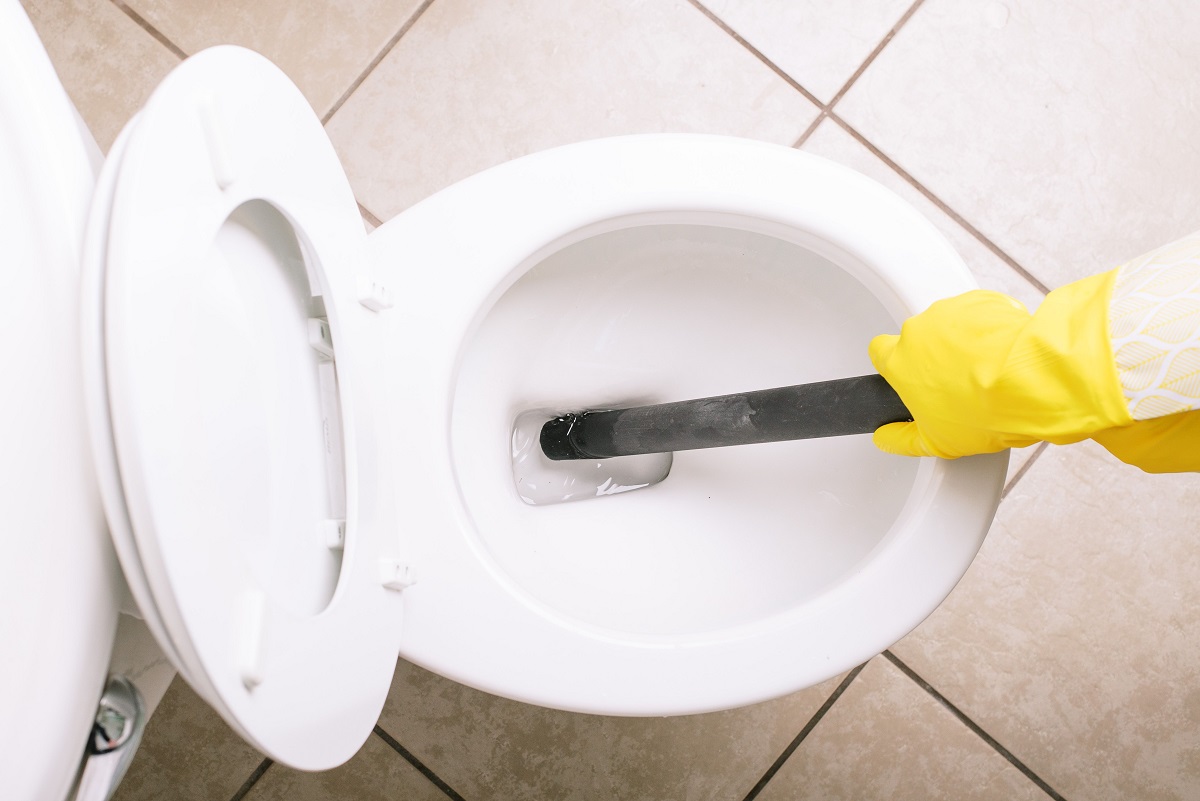
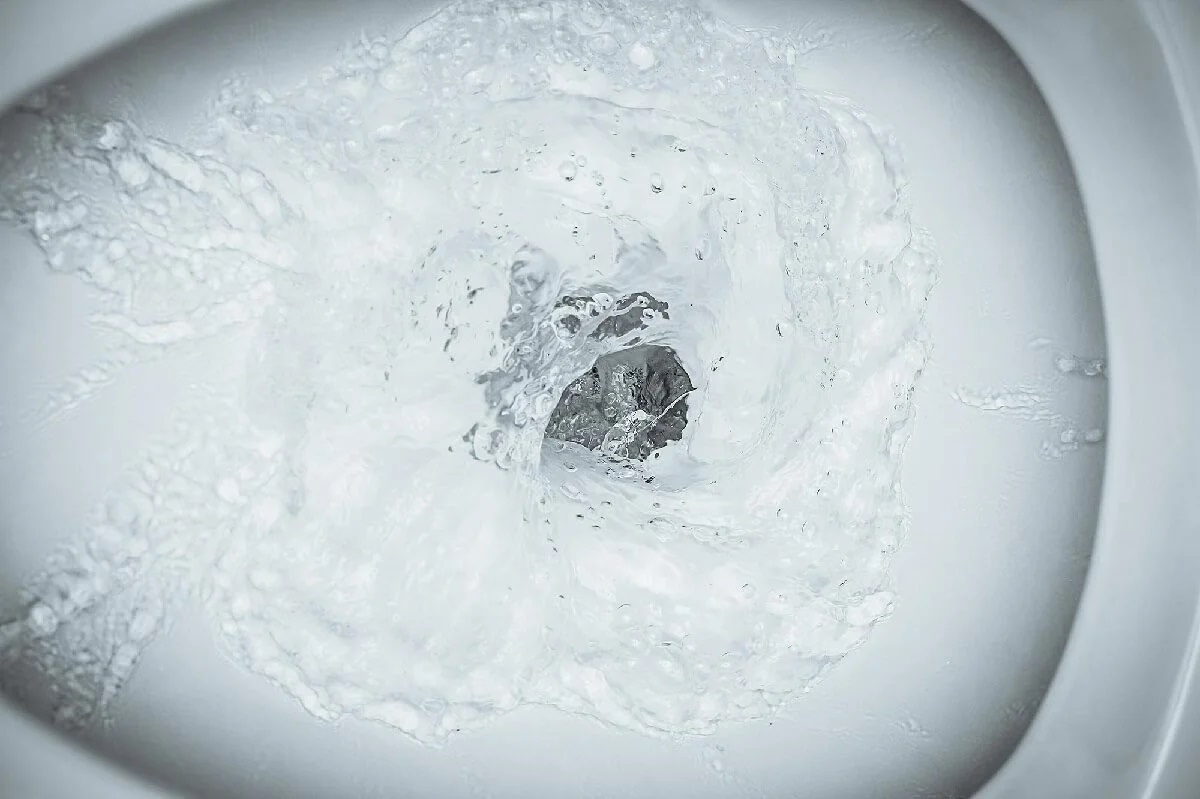
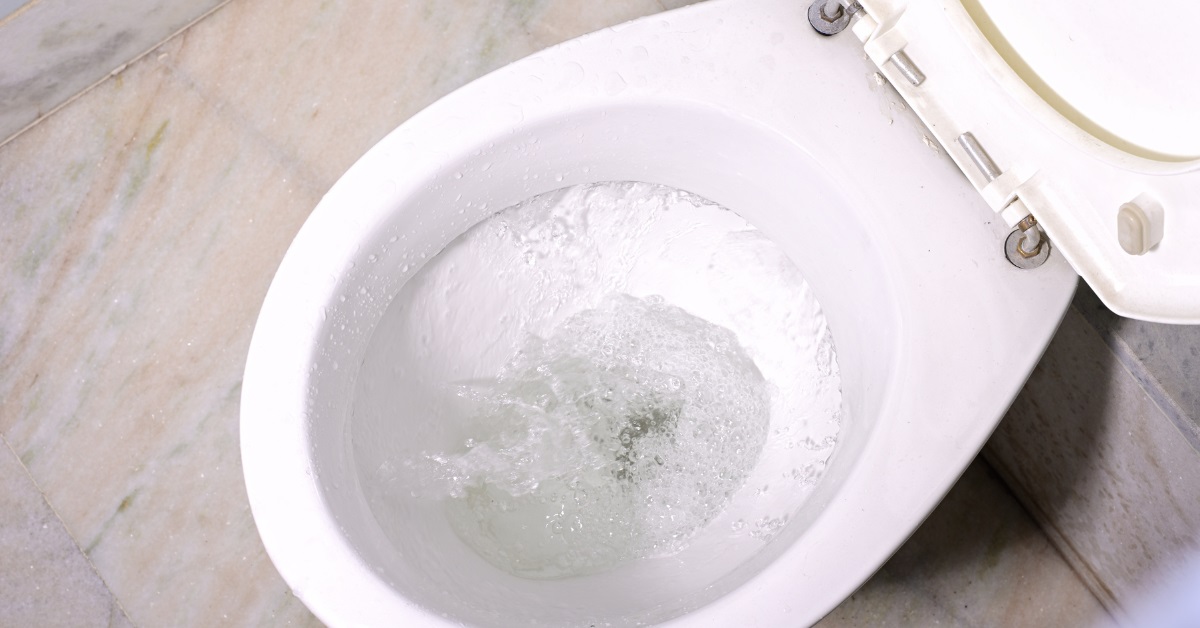
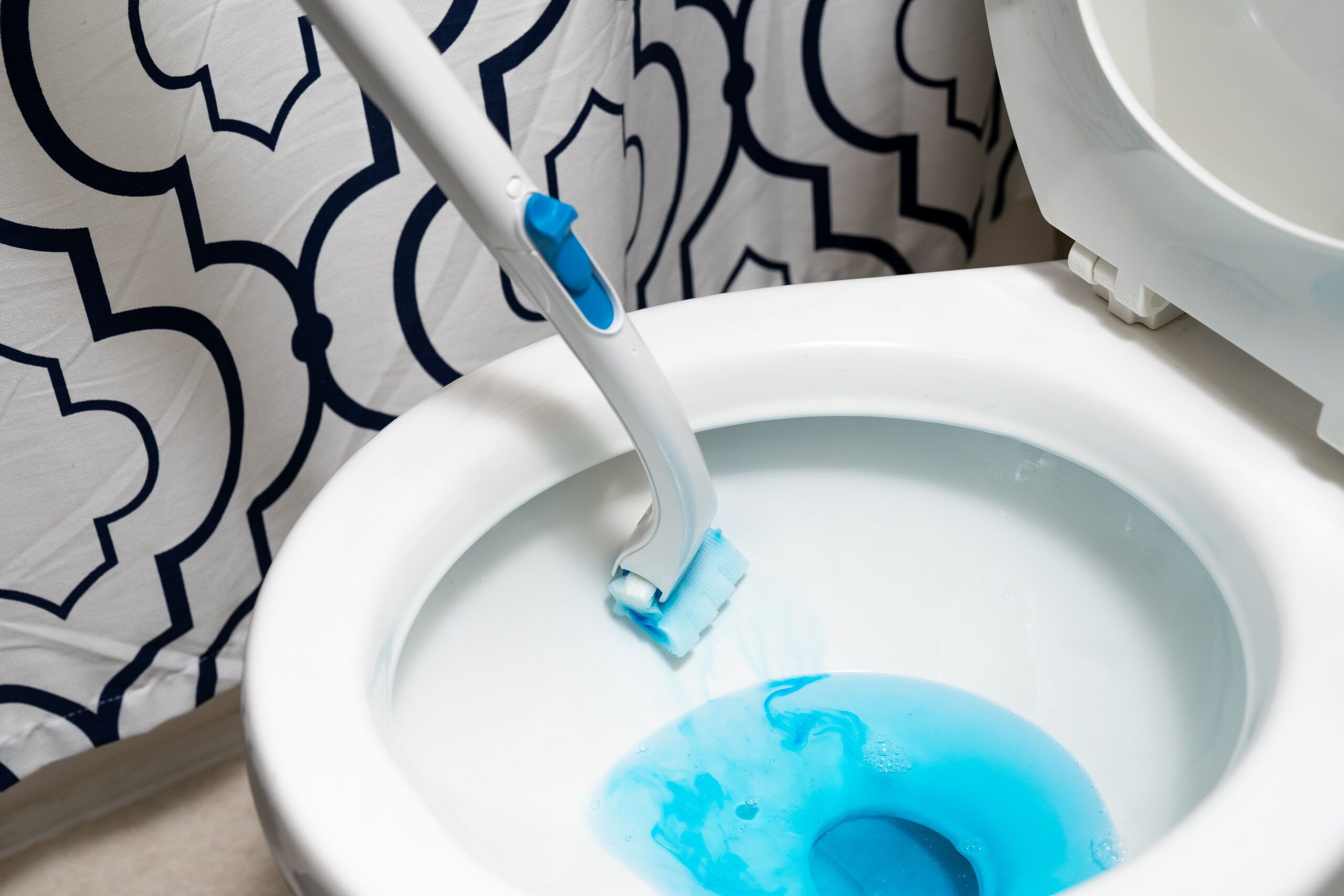
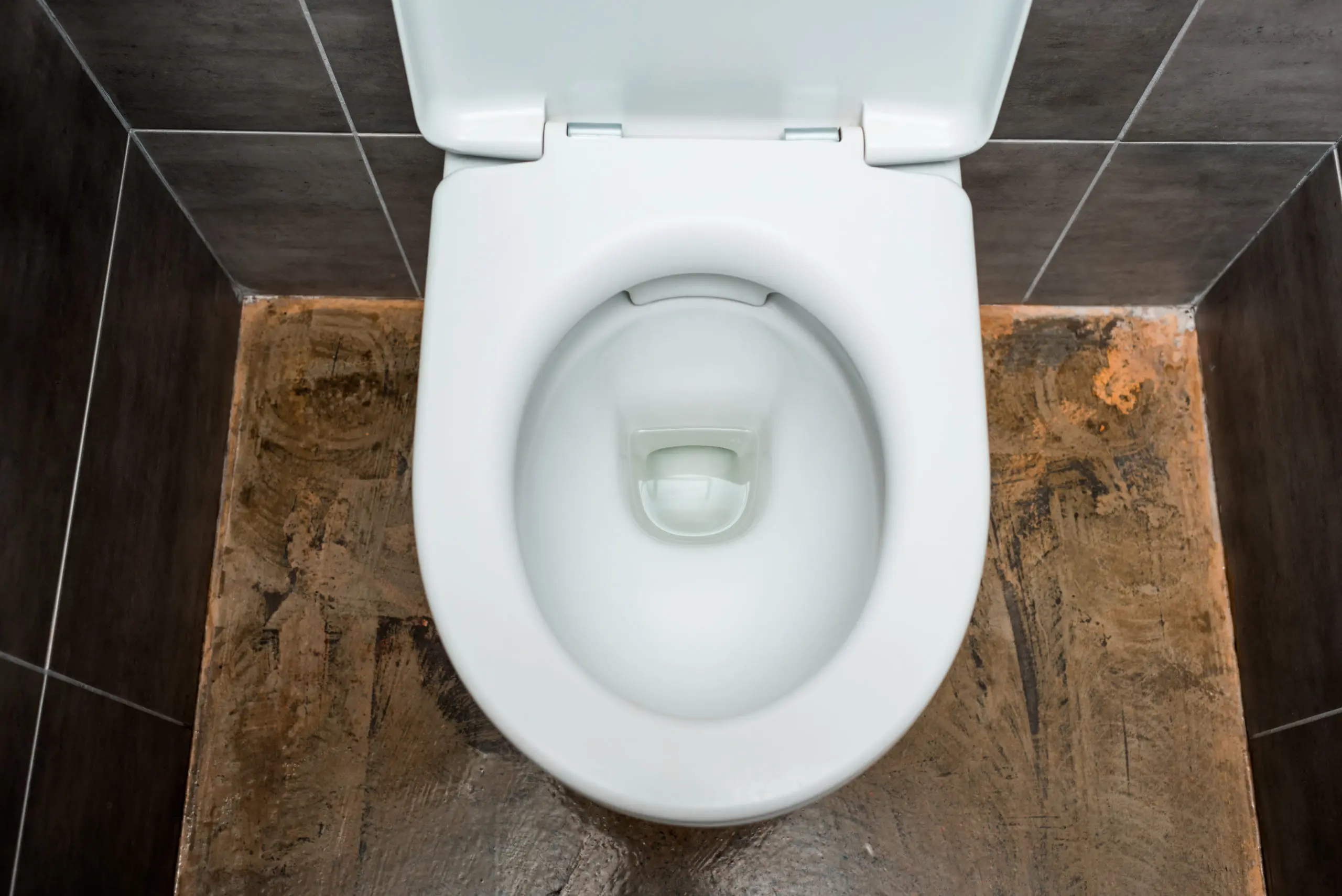
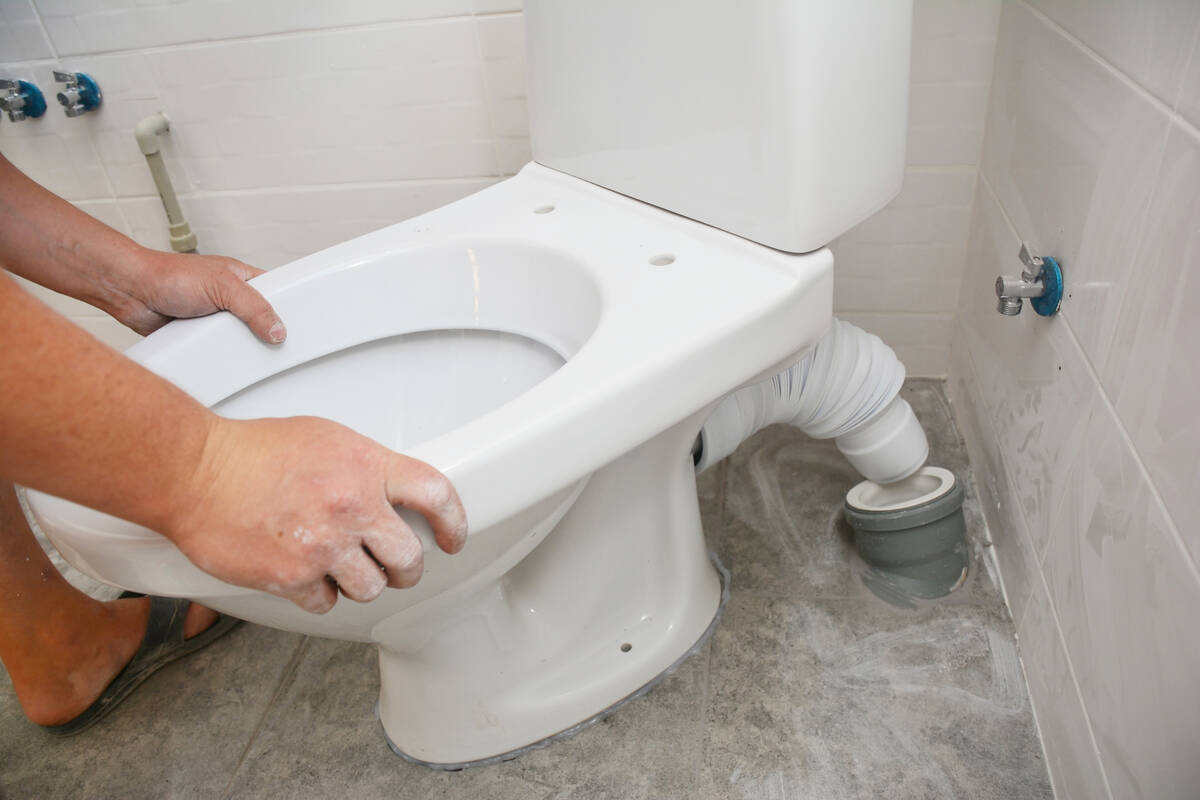
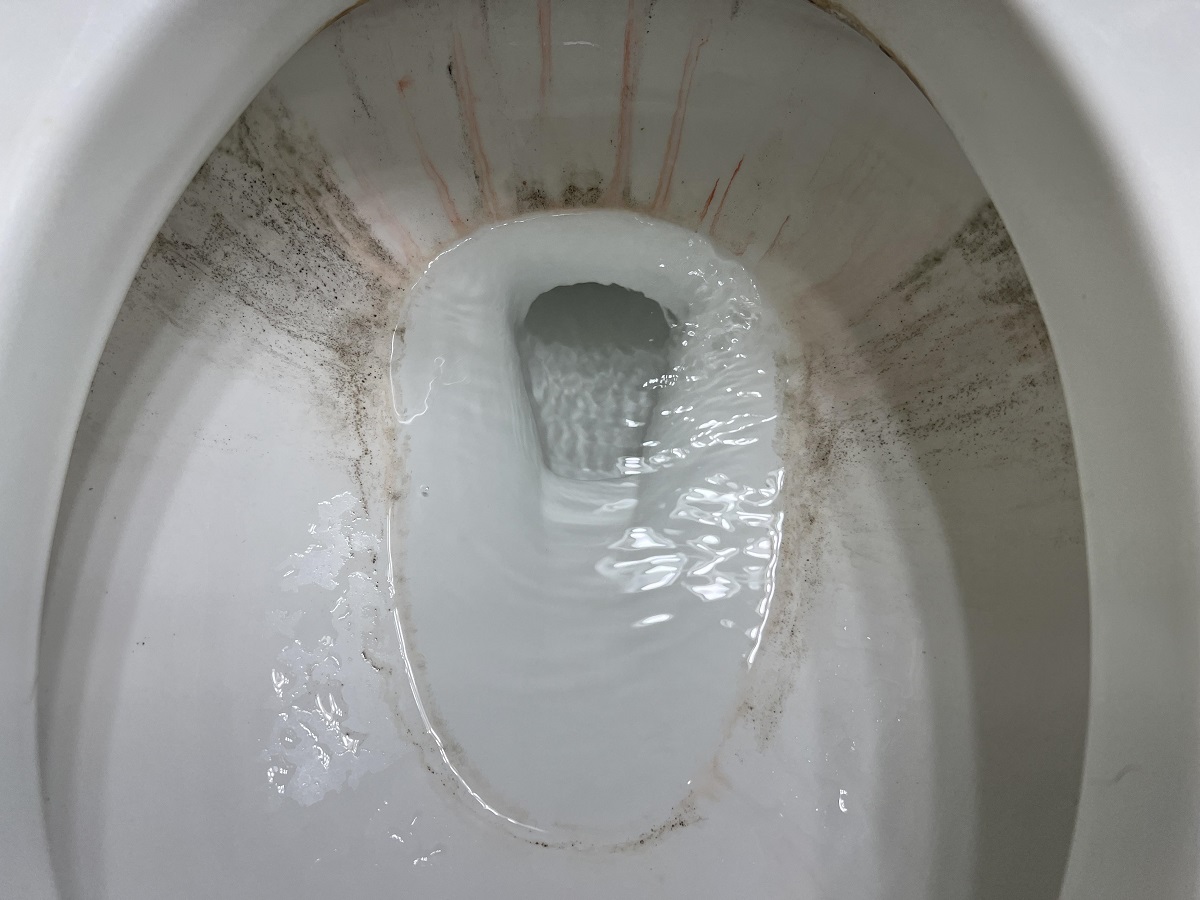

0 thoughts on “Why Is My Toilet Bowl Draining Slow”